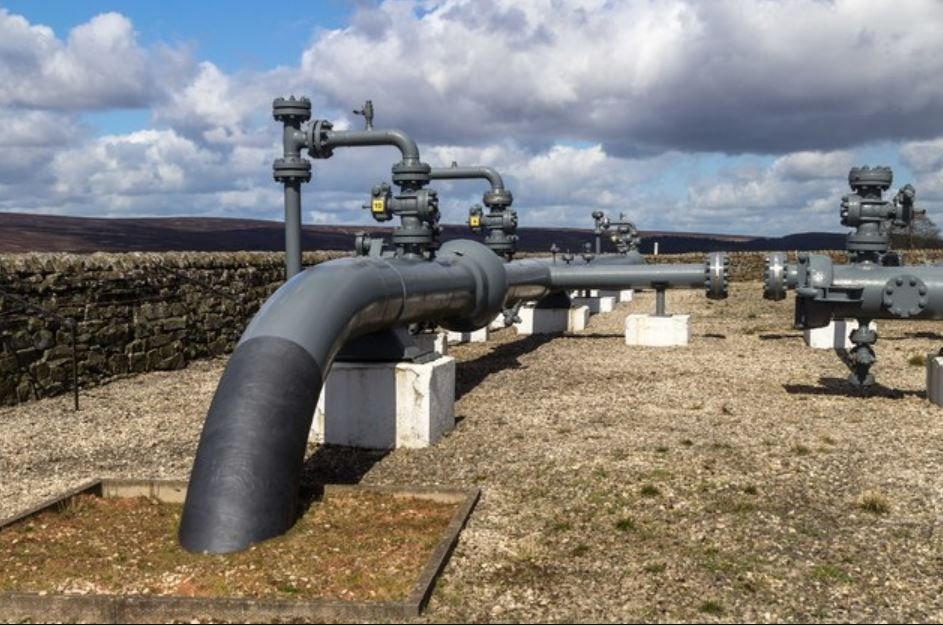Tanzania has identified new natural gas deposits in the southern region of Mtwara. The Ministry of Energy confirmed the discovery following extensive exploration in Mnyundo and Mpapura villages.
Preliminary findings suggest the area holds commercially viable gas prospects, adding momentum to Tanzania’s broader effort to harness domestic resources for industrial growth and clean energy generation.
The new deposits were uncovered during fieldwork across the 736-square-kilometre Lindi–Mtwara Block, which spans 48 villages—40 in Mtwara District and eight in Mtama District. During surveys, scientists observed traces of gas bubbling through water wells, a strong geological signal of reserves deeper underground.
The discovery is set to become a breakthrough that could expand the country’s energy portfolio and reinforce its ambition to become a major gas hub in East Africa. Deputy Permanent Secretary for Energy, Dr. James Mataragio, said seismic studies point to about a 32% likelihood of confirmed reserves, putting the find within profitable extraction margins for onshore gas production.
“Our data indicates a significant opportunity for domestic supply growth,” Dr. Mataragio noted. “It’s another step toward energy self-sufficiency and a cleaner, more resilient economy.”
A growing energy frontier
Tanzania already commands around 57 trillion cubic feet of proven natural gas reserves, largely concentrated in the Lindi and Mtwara offshore basins. If the latest estimates are validated, the new discovery could add a meaningful increase to that figure and further anchor natural gas as a driver of the National Development Vision 2050, which prioritizes reliable energy access and industrial expansion.
Over the last five years, gas consumption by industries especially cement, fertilizer, and manufacturing has risen by over 25%, reflecting rapid economic growth along the southern corridor. Natural gas now fuels over 60% of Tanzania’s grid electricity, replacing oil-based generation and reducing the country’s annual carbon footprint. The switch to compressed natural gas (CNG) is also expanding, particularly in Dar es Salaam, where more than 1,000 vehicles have been converted.
To capitalize on these gains, the Ministry has directed the Tanzania Petroleum Development Corporation (TPDC) to speed up ongoing gas infrastructure projects. One of its largest efforts—the Mnazi Bay expansion project is now 68% complete and expected to deliver an additional 45 million cubic feet per day once operational.
Officials believe that expanding Mnazi Bay production alongside the new Mtwara discoveries will allow Tanzania to not only meet domestic demand but also supply regional markets. Energy-hungry neighbors such as Kenya, Malawi, and Zambia could benefit from cross-border gas trade or future liquefied natural gas (LNG) exports.
Despite the economic promise, Tanzania faces pressure to align new developments with global climate goals. Natural gas emits less carbon than coal or oil but still poses environmental risks, particularly from methane leakage. Experts argue that Tanzania’s next challenge will be managing this balance expanding energy access while safeguarding ecosystems and ensuring transparency in resource revenues.
In response, the Petroleum Upstream Regulatory Authority (PURA) has begun awareness campaigns across local communities to explain both the opportunities and environmental responsibilities associated with gas extraction. Authorities have pledged to prioritize local employment, community development, and environmental monitoring in all upcoming projects.
Further technical analysis will determine the scale and quality of the Mtwara reserves in the coming months. Should the initial data be confirmed, the discovery could mark a turning point positioning Tanzania as a regional supplier of affordable and cleaner energy, capable of supporting its own industrial ambitions while contributing to East Africa’s low-carbon future.
